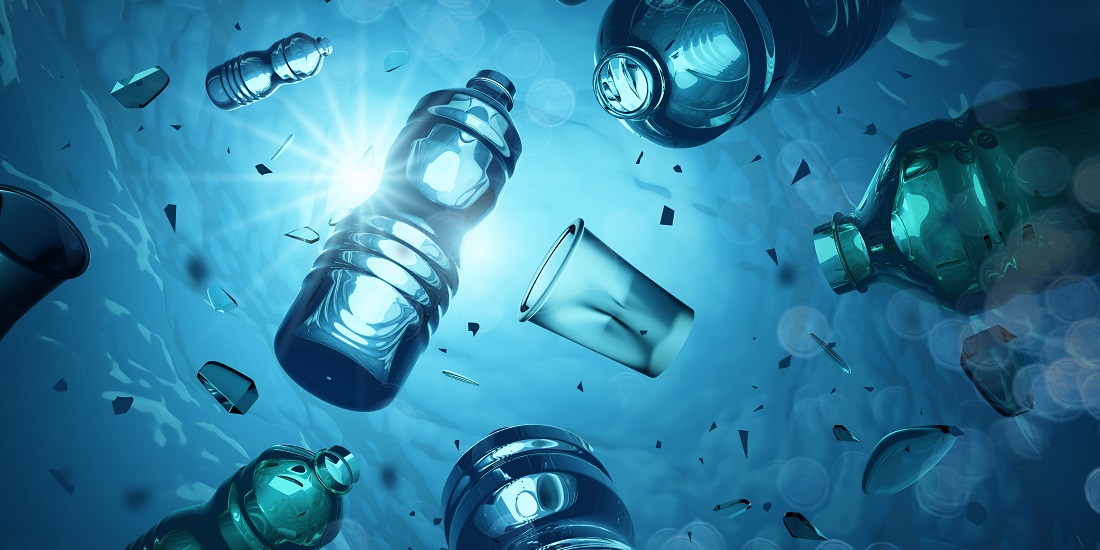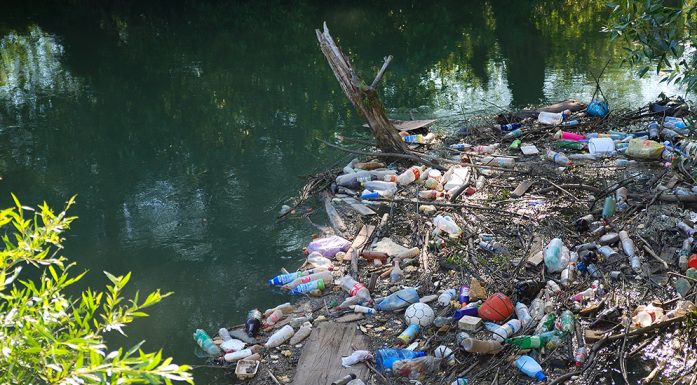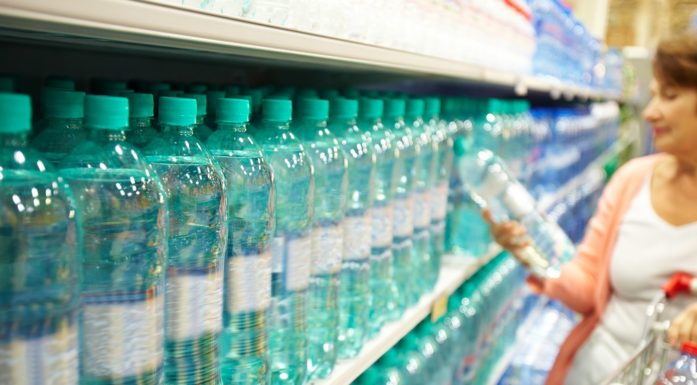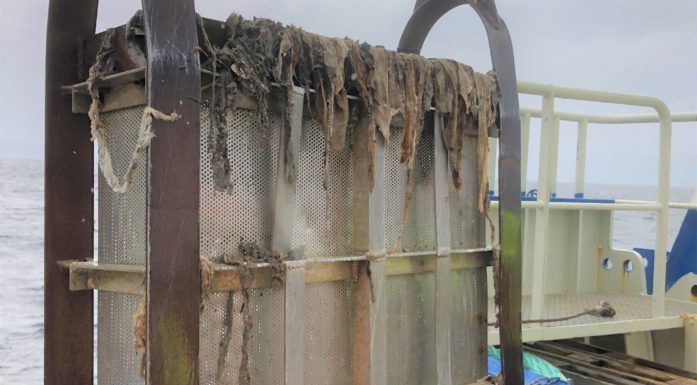Plastics leach toxins
Plastic contains thousands of chemicals. Until now, we haven’t known if these leach into the environment to any great extent. Now we know that they do.
Hundreds, maybe thousands, of chemicals from plastics can leach into water under natural conditions. This water may contain substances that we know are toxic under laboratory conditions, says Martin Wagner, an associate professor at NTNU’s Department of Biology.
Wagner is part of a research group that has investigated how ordinary plastic products leach chemicals into the water under natural conditions.
The plastic we surround ourselves with contains up to 20 000 different chemical compounds. Many of these chemicals are toxic under laboratory conditions, but so far we have known precious little about how harmful this plastic is for us.
All of the products leached chemicals into the water.
These chemicals wouldn’t pose a danger to us if they stayed bound to the plastic and weren’t released into the environment. But we may not be so fortunate.
- You might also like: It is impossible to know which plastics are dangerous
All plastics leach chemicals
“We examined 24 common plastic products over ten days to see if they leached chemical substances into water under natural conditions. We then examined the water for chemicals and toxicity,” says Wagner.
All of the products leached chemicals into the water. Several of the substances have potentially toxic effects.
Oxidative stress was associated with 22 of the 24 plastic products that leached substances into the water. This can damage cells and cause inflammation and chronic disease.
Thirteen of the products leached antiandrogens, which can affect men’s fertility.
One of the plastic products leached oestrogens that can affect fertility in women and men.
Plastics leach very differently
A single plastic product could leach up to 8700 different substances into the water. However, the amount of chemicals leached into the water varied greatly for different types of plastics. One product could release anywhere from 1 to 88 per cent of the assorted chemicals it contains.
The research group was able to identify with certainty only a small proportion – about 8 per cent – of the substances that leached into the various water samples. This means we still know very little about the effects of the rest of the chemicals.
- You might also like: New technology will identify sources of plastic in the ocean
Much more leaching than suspected
“Our research shows that plastic products leach many more chemicals than we previously knew about,” says Wagner.
Humans and other animals are far more exposed to various substances from plastic than we’ve previously known.
We know that some of these chemicals are toxic under laboratory conditions. Plastics used for wrapping food and for drinks are perhaps of particular concern.
“This study shows us that humans and other animals are far more exposed to various substances from plastic than we’ve previously known or than is reflected in Norway’s current health guidelines and health policy,” says Wagner.
All but one of the products that were screened came from Germany, but there is no indication that these plastics are any different in Norway.
Zdenka Bartosova, a staff engineer in NTNU’s Department of Biology, was also part of the research group. NTNU researchers collaborated with the Goethe-Universität and the Institute for Social-Ecological Research, both in Frankfurt am Main.
Reference: Lisa Zimmermann, Zdenka Bartosova, Katharina Braun, Jörg Oehlmann, Carolin Völker and Martin Wagner. Plastic Products Leach Chemicals That Induce In Vitro Toxicity Under Realistic Use Conditions. Environ. Sci. Technol. 2021, 55, 17, 11814–11823. Publication Date: 17 August, 2021. https://doi.org/10.1021/acs.est.1c01103





